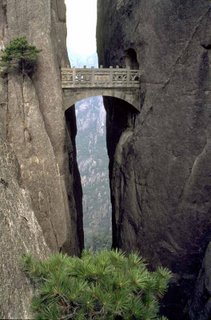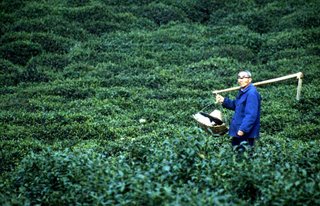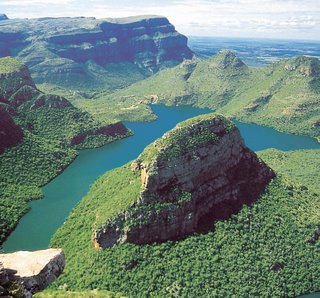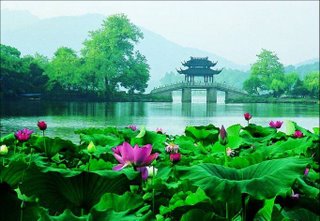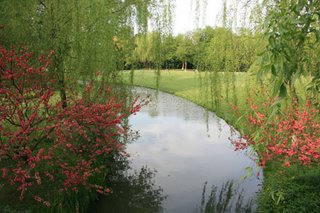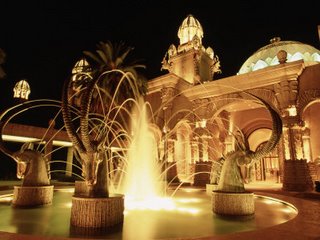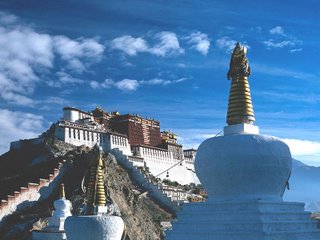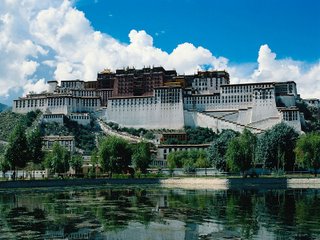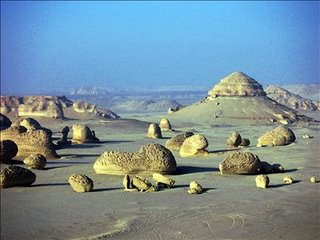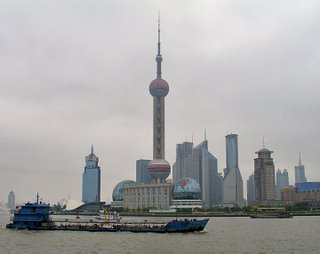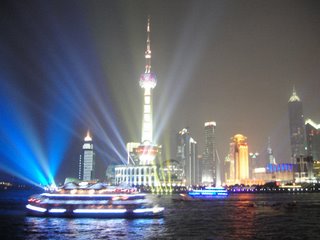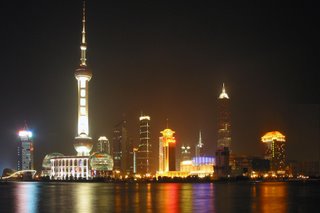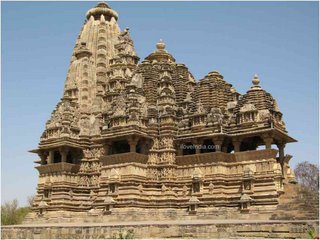 Khajuraho is Located in the Chhatarpur District of Madhya Pradesh.Situated in the Bundelkhand region of Madhya Pradesh, Khajuraho temples are known worldover for its erotic sculptures. The name Khajuraho is derived from the Hindi word 'khajur' meaning date palm. Khajuraho temples were built by the Chandela rulers during the 9th and 10th century AD. Originally there were 85 temples, but now 22 temples are present. Khajuraho temple complex has been divided into three categories namely – Western Group, Southern Group and Eastern Group.The temples Chausath-Yogini, Brahma and Mahadeva made up of granite and others are made up of sandstone, buff, pink or pale yellow in colour.The temple of Vishnu which is now famous as Lakshmana temple built by Yasovarman.The Visvanatha, Parsvanatha and Vaidyanatha temples belong to the time of king Dhanga. King Ganda built Kandariya Mahadeva. Passion,art,lifestyle and culture showcases in the temples of Khajuraho.
Khajuraho is Located in the Chhatarpur District of Madhya Pradesh.Situated in the Bundelkhand region of Madhya Pradesh, Khajuraho temples are known worldover for its erotic sculptures. The name Khajuraho is derived from the Hindi word 'khajur' meaning date palm. Khajuraho temples were built by the Chandela rulers during the 9th and 10th century AD. Originally there were 85 temples, but now 22 temples are present. Khajuraho temple complex has been divided into three categories namely – Western Group, Southern Group and Eastern Group.The temples Chausath-Yogini, Brahma and Mahadeva made up of granite and others are made up of sandstone, buff, pink or pale yellow in colour.The temple of Vishnu which is now famous as Lakshmana temple built by Yasovarman.The Visvanatha, Parsvanatha and Vaidyanatha temples belong to the time of king Dhanga. King Ganda built Kandariya Mahadeva. Passion,art,lifestyle and culture showcases in the temples of Khajuraho.Western Group of Temples-The western group of temples is the largest group of temples.It include some of the most famous temples.The western group of temples include Lakshmana Temple, Chausath Yogini, Kandariya Mahadeva Temple, Chitragupta Temple, Matangeswara Temple, Vishwanath Temple, Varaha Temple.
Kandariya Mahadev - It is the most magnificent temple in the western group.It is the largest and dedicated temple to Lord Shiva.The inner portion of the temple is beautifully decorted and the carved ceilings,pillars added beauty to it.The temple built with sandstone. The Kandariya Mahadev temple is divided into ardhamandapa, mandapa, a mahamandapa supported with pillars, the garbagriha.The outer wall shows ,god- goddesses, groups of lovers.
Chausath Yogini – It is the oldest among all and dedicated to Kali.Its name Chausath comes from the 64 Yogini`s of Goddess Kali and one belong to Goddess herself .Today ,only 35 Shrines remain. Chausath Yogini Temple built of granite.
Lakshmana Temple -The Lakshmana Temple is dedicated to the Vaikuntha form of Lord Vishnu.The temple is decorated with various images of gods and goddess in the Hindu Pantheon.It is one of the most preserved temples of khajuraho. The temple is well known for the three-headed idol of the incarnations of Vishnu they are, Narasimha and Varaha.
Chitragupta Temple – It was built between AD 1000-1025.This temple is dedicated to Sun God. It is famous for a Nandi Bull facing the shrine.
Vishwanatha Temple – This temple is dedicated to Lord Shiva and built by King Dhanga. The temple has entrances with magnificent stone lions guarding northern steps and southern steps are guarded by elephants.
Varaha Temple - The Varaha is dedicated to Vishnu's boar incarnation.
Devi Jagdambi Temple – It is decorated with some of the rare sculptures.Uppermost portion of these temples show some of the most erotic sculptures in Khajuraho temples.It is dedicated to Goddess Kali but was originally dedicated to Lord Vishnu.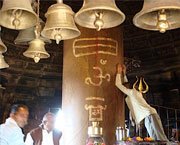
Matangeswara Temple – The temple is dedicated to Lord shiva.It is outside the premises of Western temple. Matangeswara Temple is famous for 8 feet high lingam.
The Eastern Group The eastern group of temples divided into two groups Jain temples and Hindu temples.The three Jain temples in the eastern group of Khajuraho temples are Parasvnath temple , the Adinath temple and the Ghantai temple. The three main Hindu temples of the group are the Brahma, the Vamana and the Javari.
Adinath temple – This temple is dedicated to the Jain saint, Adinath.This temple is famous for Carved figures of the Yakshis.
Parsvanath temple – It is the largest jain temple among the eastern group.Carvings are taken from day to day activities.The temple is decorated with beautiful sculptures of celestial beauties.
Ghantai Temple – In this temple you can see a jain goddess on a winged Garuda.Here you can also see carved 16 dreams of the mother of Lord Mahavira.
Brahma temple –This temple is famous for four faced statue of Brahma.
Vamana Temple – The outer walls of this temple shows beautiful carvings of apsaras in different sensuous moods.
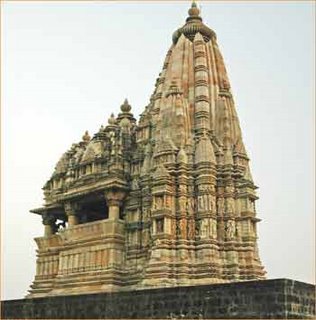 Javari temple –This temple is famous for its magnificent architecture and design complex due to which a lot of tourist attracts towards the Javari temple.It is also one of the best Hindu temple in Khajuraho.
Javari temple –This temple is famous for its magnificent architecture and design complex due to which a lot of tourist attracts towards the Javari temple.It is also one of the best Hindu temple in Khajuraho.Dulhadeo temple – The temple dedicated to lord Shiva.Inside the temple there is huge Shiv lingaThe figures carved on the walls are heavy ornamented.The Dulhadeo temple also known as ‘Kunwar Math'.
Chaturbhuj Temple - The exotic sculptor inhances its glamour and elegance of the place.The architecture consist of the mahamandapa and an ardhmandapa, sanctum, shikhara and an antarala.
A combination of science and art of architecture the temples have a very interesting legend behind them that connects them to the origin of Chandela dynasty. The khajuraho temple were built during the reign of the Chandelas who trace their origin to the mythical sage Chandratreya born of the moon. According to the different versions Khajuraho owes its existence from maiden named Hemvati. Hemavati, was a beautiful young daughter of a Brahmin priest and she was a child widow. One day while bathing in the river Rati she was seduced by the moon god. The Moon god, mesmerized by her beauty. A son was born of this union between a human and a god. He was named Chandravarman by his mother. To save herself and her child she took refuge in the dense forest of Central India as she was a child widow. The boy grew up to become a brave king who went on to establish the great Chandela dynasty. When he was established as a ruler, he had a dream-where his mother implored him to build temples that would reveal human passions and thus would bring hidden human desires into open.The temples of Khajuraho attracts tourists towards its erotic sculptures on the temples walls. Though highly sensual and erotic, the engravings on these temples have a symbolic importance and there have been many interpretations of their existence.The motive behind the temple means that if a person wants to achieve God, he has to forget all this at the outset.
The Khajuraho group of monuments has been listed as a UNESCO World Heritage Site. It is one of the top tourist places of India. Khajuraho, the temple city of central India, is famous throughout the world for its exquisitely carved temples. Thousands of visitors and tourists from all over the world visit the Khajuraho temples every year.
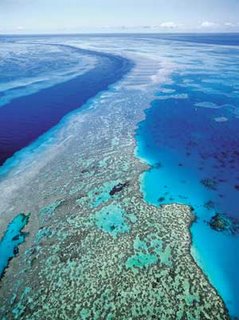 Great Barrier Reef is the world's largest coral reef ecosystem. It is often known as one of the wonders of the world. It is composed of over 2,900 individual reefs and 900 islands scattered for over 3,000 kilometres over an area of approximately 344,400 square kilometers. It consists of 3,000 coral reefs and many islets, atolls and coral cays. The Great Barrier Reef is blessed with the breathtaking beauty of the world's largest coral reef. It supports a wide diversity of life, and was selected as a World Heritage Site. The reef is a very popular tourists spot. Most of the Reef is part of the Great Barrier Reef Marine Park. It was declared as a national park. The Great Barrier Reef has a very rich biodiversity consist of important sea creatures like Whales, Dolphins, porpoises and turtles of more than six different types and also dwarf minke whale, Indo-Pacific humpback dolphin, and the humpback whale, salt water crocodile, sharks, stingrays etc. The Great Barrier Reef is a breeding area for humpback whales and is also the habitat of a few endangered species including the Dugong (Sea Cow) and large Green Sea Turtle.
Great Barrier Reef is the world's largest coral reef ecosystem. It is often known as one of the wonders of the world. It is composed of over 2,900 individual reefs and 900 islands scattered for over 3,000 kilometres over an area of approximately 344,400 square kilometers. It consists of 3,000 coral reefs and many islets, atolls and coral cays. The Great Barrier Reef is blessed with the breathtaking beauty of the world's largest coral reef. It supports a wide diversity of life, and was selected as a World Heritage Site. The reef is a very popular tourists spot. Most of the Reef is part of the Great Barrier Reef Marine Park. It was declared as a national park. The Great Barrier Reef has a very rich biodiversity consist of important sea creatures like Whales, Dolphins, porpoises and turtles of more than six different types and also dwarf minke whale, Indo-Pacific humpback dolphin, and the humpback whale, salt water crocodile, sharks, stingrays etc. The Great Barrier Reef is a breeding area for humpback whales and is also the habitat of a few endangered species including the Dugong (Sea Cow) and large Green Sea Turtle.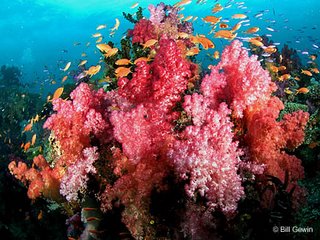 Corals - Great Barrier Reef uniqueness comes from its three thousand coral reefs, islands, cays and lagoons, which are all at different stages of development. The reefs are the product of ten thousands years, during which the oceans rose to their present level after the last Ice Age. Small creatures known as coral polyps join together to form colonies of coral makes the reef. The coral reef can grow only in areas where there are sunlight. The most appropriate environment for coral is shallow warm water where there is a lot of water movement, where the water is salty, low in nutrients and plenty of light. Live coral is coloured by algae, but dead coral is white. Polyp looks like a jelly-like blob surrounded by a ring of tentacles on top. The busiest time in the reef is during night when the coral polyps feed, pushing out their multi-colored tentacles to entrap tiny sea creatures and plants called plankton. The reef looks like full of flowers when the billion of tentacles come out. The coral islands are home to all sorts of sea birds such as frigate birds, gannets, gulls, noddies, sea eagles, shearwaters and terns. Female turtles can be seen laying their eggs here during the summer. The sheer beauty of its fish and coral waterscapes draws two million tourists annually who come to see the underwater spectacle via diving, snorkeling and glass-bottom boating.
Corals - Great Barrier Reef uniqueness comes from its three thousand coral reefs, islands, cays and lagoons, which are all at different stages of development. The reefs are the product of ten thousands years, during which the oceans rose to their present level after the last Ice Age. Small creatures known as coral polyps join together to form colonies of coral makes the reef. The coral reef can grow only in areas where there are sunlight. The most appropriate environment for coral is shallow warm water where there is a lot of water movement, where the water is salty, low in nutrients and plenty of light. Live coral is coloured by algae, but dead coral is white. Polyp looks like a jelly-like blob surrounded by a ring of tentacles on top. The busiest time in the reef is during night when the coral polyps feed, pushing out their multi-colored tentacles to entrap tiny sea creatures and plants called plankton. The reef looks like full of flowers when the billion of tentacles come out. The coral islands are home to all sorts of sea birds such as frigate birds, gannets, gulls, noddies, sea eagles, shearwaters and terns. Female turtles can be seen laying their eggs here during the summer. The sheer beauty of its fish and coral waterscapes draws two million tourists annually who come to see the underwater spectacle via diving, snorkeling and glass-bottom boating. Sea Creatures - 17 species of sea snake live on the Great Barrier Reef. More than 1,500 species of fish live on the reef, including the red-throat emperor, red bass, clownfish, and several species of snapper and coral trout. Six species of sea turtles come to the reef to breed – the green sea turtle, hawksbill turtle, loggerhead sea turtle, leatherback sea turtle,olive ridley and the flatback turtle. A large group of dugongs live here. In mangrove and saltmarshes near the reef Salt water crocodiles lived.
Sea Creatures - 17 species of sea snake live on the Great Barrier Reef. More than 1,500 species of fish live on the reef, including the red-throat emperor, red bass, clownfish, and several species of snapper and coral trout. Six species of sea turtles come to the reef to breed – the green sea turtle, hawksbill turtle, loggerhead sea turtle, leatherback sea turtle,olive ridley and the flatback turtle. A large group of dugongs live here. In mangrove and saltmarshes near the reef Salt water crocodiles lived.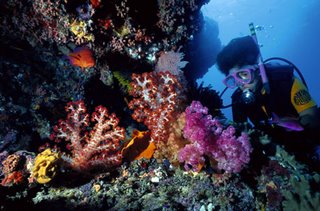 Scuba Diving - This spectacular area has also become one of the top scuba diving sites in the world. There are 16 exclusive dive sites on 4 spectacular outer reefs. These are Thetford, Pellowe, Milln and Flynn. The dive sites have an average depth ranging from approximately 30 to 80 feet. Scuba Diving is most refreshing, entertaining and thrilling. Its tropical climatic conditions makes it popular for Scuba Diving. The sea is calm, throughout the year. Due to which this place has acquired for the activity of scuba diving.
Scuba Diving - This spectacular area has also become one of the top scuba diving sites in the world. There are 16 exclusive dive sites on 4 spectacular outer reefs. These are Thetford, Pellowe, Milln and Flynn. The dive sites have an average depth ranging from approximately 30 to 80 feet. Scuba Diving is most refreshing, entertaining and thrilling. Its tropical climatic conditions makes it popular for Scuba Diving. The sea is calm, throughout the year. Due to which this place has acquired for the activity of scuba diving.
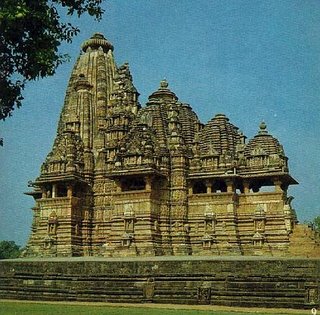


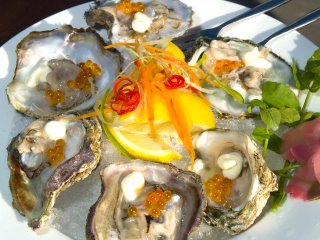
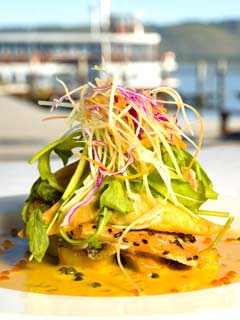
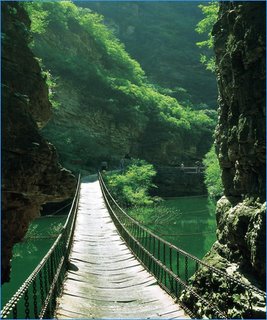 Jingdong Canyon scenic area, located north of Yuzishan Village, is composed of two scenic areas ?? the grand canyon and Jingtai Mountain. The scenic area is adjacent to Panshan Mountain in the south, and to the Jingdong Cave, Jinhai Lake, Huangyaguan
Jingdong Canyon scenic area, located north of Yuzishan Village, is composed of two scenic areas ?? the grand canyon and Jingtai Mountain. The scenic area is adjacent to Panshan Mountain in the south, and to the Jingdong Cave, Jinhai Lake, Huangyaguan 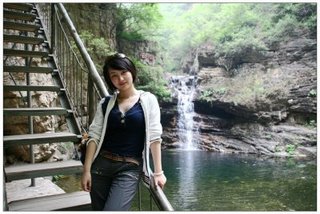
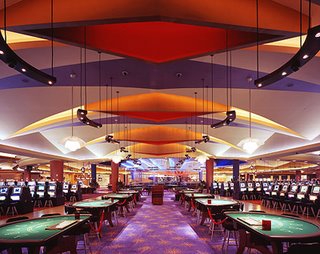
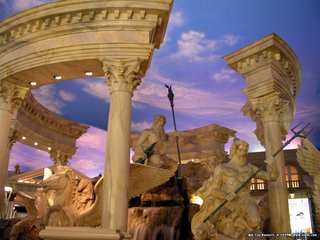
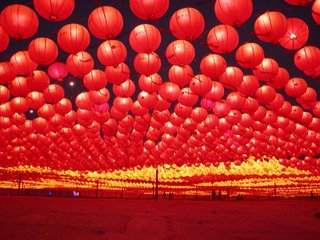 The Lantern
The Lantern 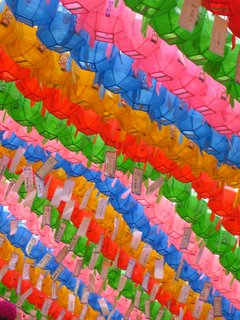
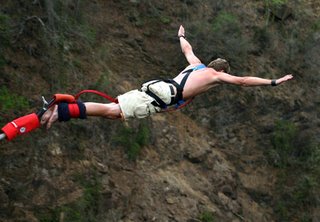
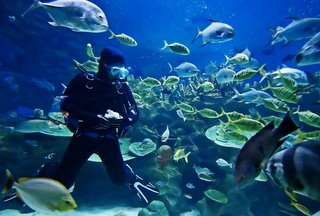
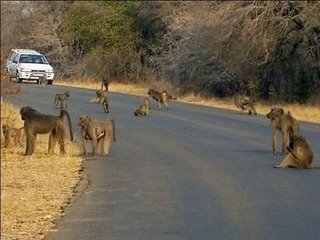
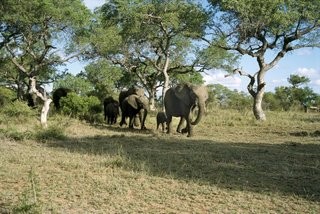
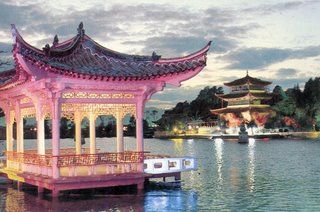
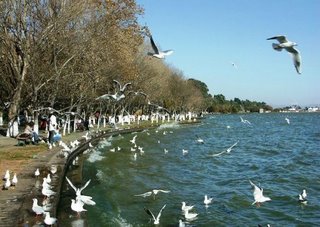
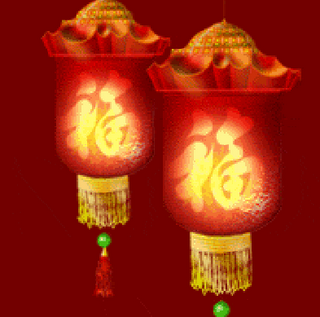 The
The 
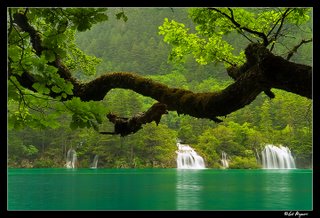
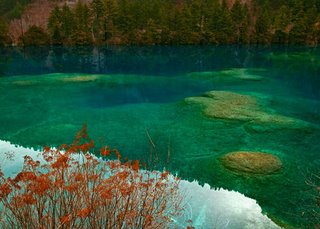
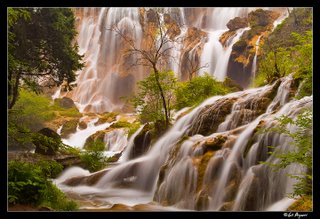
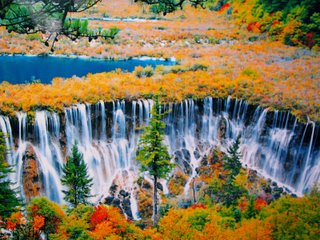
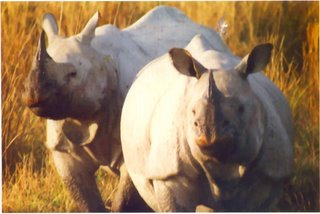
 The famous scrolls of
The famous scrolls of 